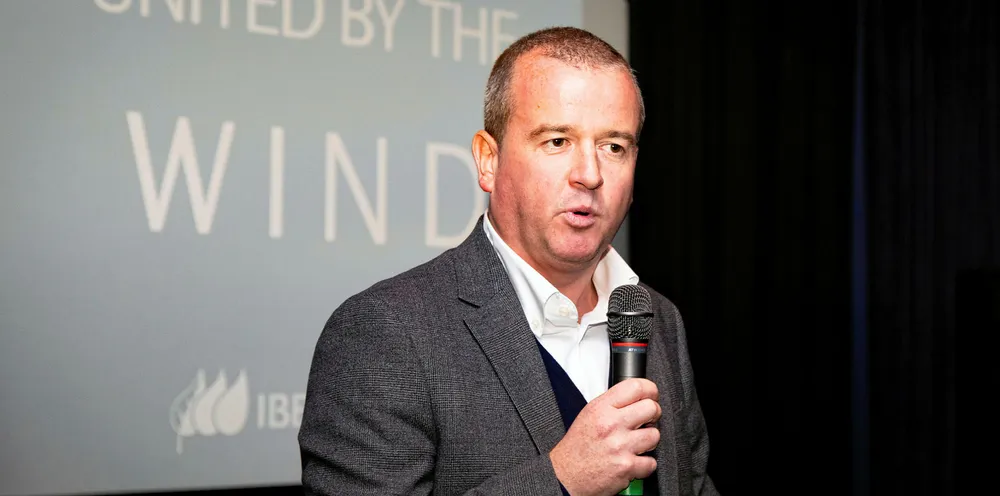Floating wind power will be 'gigawatts and billions of dollars' play for Iberdrola
Global renewables giant's launch into emerging sector targeting technology-agnostic plan to add first 2GW by 2030, says offshore wind chief

Global renewables giant's launch into emerging sector targeting technology-agnostic plan to add first 2GW by 2030, says offshore wind chief
